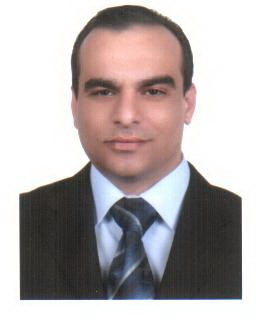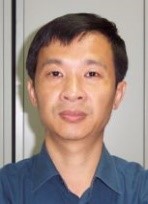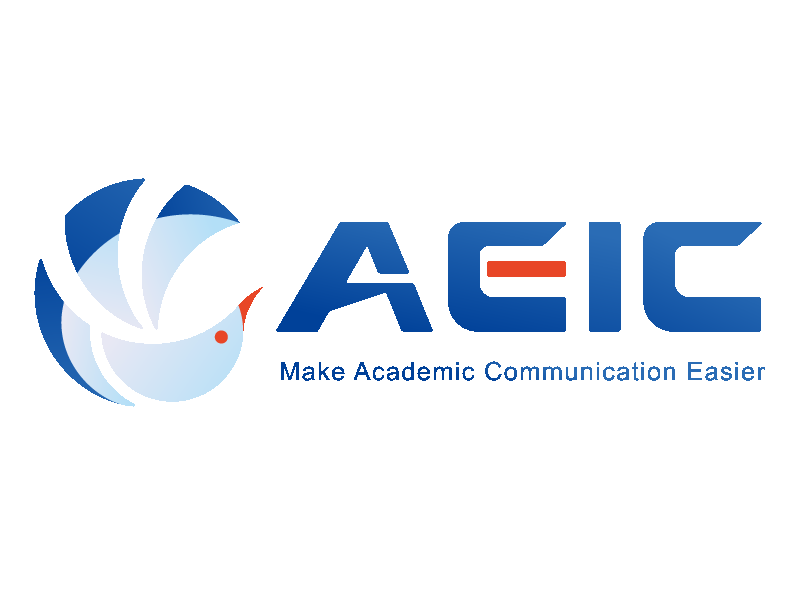
Dr. Ahmad Mohammad Khasawneh
Mobile Computing of Amman Arab University, Jordan
Title: Underwater Wireless Sensor Networks, Challenges and Techniques
The underwater wireless sensor network (UWSN) is considered a promising technology for collecting valuable data from underwater areas, particularly for aiding military operations and environmental predictions. UWSNs consist of underwater sensor nodes that have limited energy and use acoustics for communication. Routing in underwater sensor nodes is one of the challenging issues in UWSNs because of the need to forward data packets with minimal energy consumption and a high packet delivery ratio. Selecting the next forwarding nodes is one of the key components of routing in UWSNs and has a direct effect on energy consumption and the packet delivery ratio. Therefore, this problem has gained much attention from the research community with the intent of enhancing the performance of UWSNs.

Dr. Mahmoud Ahmad Al-Khasawneh
Al-Madinah International University, Malaysia
Title: IOT Opportunities and Challenges
The Internet of Things (IoT) entails a connectivity extension into a bigger range of human environment. It allows more data comprehensions, analytics as well as competences of control of the world. In many ways, IoT has impacted the lives of man. Indeed, the possible prospects of IoT have been explored by many. As IoT has greater capacity and interconnectedness, many have begun to employ IoT as replacement of previous technologies. Accordingly, among the novel initiatives driven by IoT technologies include Society 5.0 in Japan, Smart and Connected Communities in USA, and PICASSO (ICT Policy, Research, and Innovation for a Smart Society) in EU. All these initiatives are part of the scrutiny of future concepts that are important to both the culture and the society made possible with the technologies of IoT.
Through IoT, consumers are presented with services and products that are innovative, at the time, place and in the manner that they desire. As IoT technologies improve in terms of reliability, affordability, extend of coverage, and in terms of its customization ability, the trend is expected to accelerate. Somehow, there are foundational obstacles currently facing IoT. Among these obstacles include the demand for scientific principles for the creation of IoT system design that is strong, hardy, and foreseeable, in addition to the demand for engineering principles for the construction of IoT open-systems that are scalable, verifiable, and trusted, as well as the need for human-centric principles for system engineering with the application of IoT.

Dr. Wang Han
Nanyang Technological University, Singapore
Title: Computer Vision for Autonomous Navigation
1.Deep reinforcement learning for free space exploration
The talk will start on deep reinforcement learning for robot navigation. Conventional methods typically rely on a set of assumptions and require the manual tuning of a quantity of parameters. In contrast, robots are capable to learn steering automatically from previous experiences through deep reinforcement learning. In this paper, we propose a novel end-to-end network architecture for mobile robots to learn depth-based autonomous steering in complex environments through deep reinforcement learning. Specifically, two sets of feature representations are firstly extracted from the depth inputs through two different input streams. The acquired features are then merged together to derive the Q-values for both linear and angular actions via different branches of noisy fully connected layers. Moreover, a new action selection strategy is also introduced to achieve motion filtering by taking the consistency in angular velocity into account. Besides, in addition to extrinsic rewards, the intrinsic bonuses are also adopted during training for exploration improvement. After training, the proposed model is capable of mapping raw depth images to both linear and angular velocity commands directly and simultaneously with high efficiency. Furthermore, it is worth noting that although the proposed model is trained in a simple virtual environment, it is readily transferable from the training environment to much more complicated real-world scenarios so that no further fine-tuning is required for real deployment. Compared to a
series of baseline methods, the proposed method demonstrates significant superiority in terms of average reward, convergence speed, success rate, as well as generalization capability. In addition, it exhibits outstanding performance in various static and dynamic cluttered real-world environments.
2.Obstacle detection, Kerbs Detection for unmanned bus
The talk will discuss our recent industrial project of stereo vision algorithms for obstacle detection, include dynamic obstacle detection, negative obstacle detection, and kerbs detection using stereo vision.







